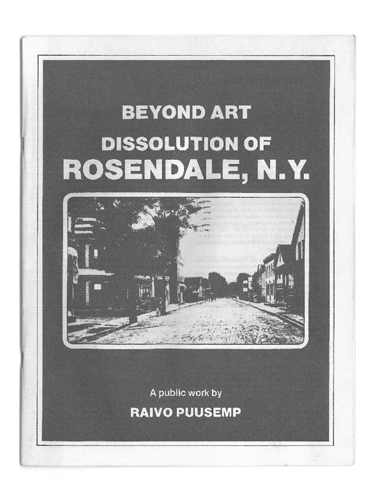In recent years, publishers and graphic artists have been working together on ebook projects to reach younger audiences or safeguard priceless works. Digitisation, as in the process of transforming printed works into digital ones, is now carried out by most major museums and University publishers. But beyond the realm of academia, commercial publishers and bookstores are struggling when it comes to art books. Supplying readers with electronic versions have had limited success, the appeal of print as bookshelf ornaments or coffee table objects, still apply and, judging by the slim catalogues in major book stores, key players have invested little in the area.
But Gutenberg’s deep-rooted legacy is not dampening everyone’s enthusiasm for digital art books and a promising future lies ahead with publishers like Art, Book, Magazine (ABM) leading the way.
Begun in 2011 by ABM studio, the online bookstore and publisher relies on a free and self-developed iPad application, now holding a 280-book catalogue covering most art forms (architecture, art history, cinema, music) with a handful of exclusives, edited by ABM or available on their platform only. Its original intention was to salvage patrimonial art books (or contemporary publications with a short life span). And they still do.
 But their recent and bolder step is now to leverage technology in order to create a new reading experience and progress is well under way. The most advanced versions of ABM’s ebooks are tagged as augmented versions. A good example of this is Our House in the Middle of our Street, the catalogue to the exhibition curated but artist Jeanne Susplugas. This digital art book makes the most of touchpad technology by providing frames with added text and images which are relevant to the page being read and don’t exist in the printed version. Frames slide in and out from the side of the page without redirecting the reader. This enables every single page to become a potential booklet which no one reader will flick through in the same way. In addition, hypermedia bits and pieces are carefully designed in the spirit of the original book, following the curator’s guidelines. There is behind such projects a clear aim to break with the conventional linear way of reading and to turn the bookshelf object into a virtual work of art.
But their recent and bolder step is now to leverage technology in order to create a new reading experience and progress is well under way. The most advanced versions of ABM’s ebooks are tagged as augmented versions. A good example of this is Our House in the Middle of our Street, the catalogue to the exhibition curated but artist Jeanne Susplugas. This digital art book makes the most of touchpad technology by providing frames with added text and images which are relevant to the page being read and don’t exist in the printed version. Frames slide in and out from the side of the page without redirecting the reader. This enables every single page to become a potential booklet which no one reader will flick through in the same way. In addition, hypermedia bits and pieces are carefully designed in the spirit of the original book, following the curator’s guidelines. There is behind such projects a clear aim to break with the conventional linear way of reading and to turn the bookshelf object into a virtual work of art.
But are readers ready? When asked what the readership figures were Pascal Béjean’s (an artist and ABM associate partner) answers frankly: “17,000 people downloaded the application so far and most readers go for the free works. That’s about 1,200 per year. Clearly there is an interest, but the market is not ripe yet. In any case we wouldn’t do much if we stuck to figures,” says Béjean “Our interest is in the content and in improving readership experience.” **













